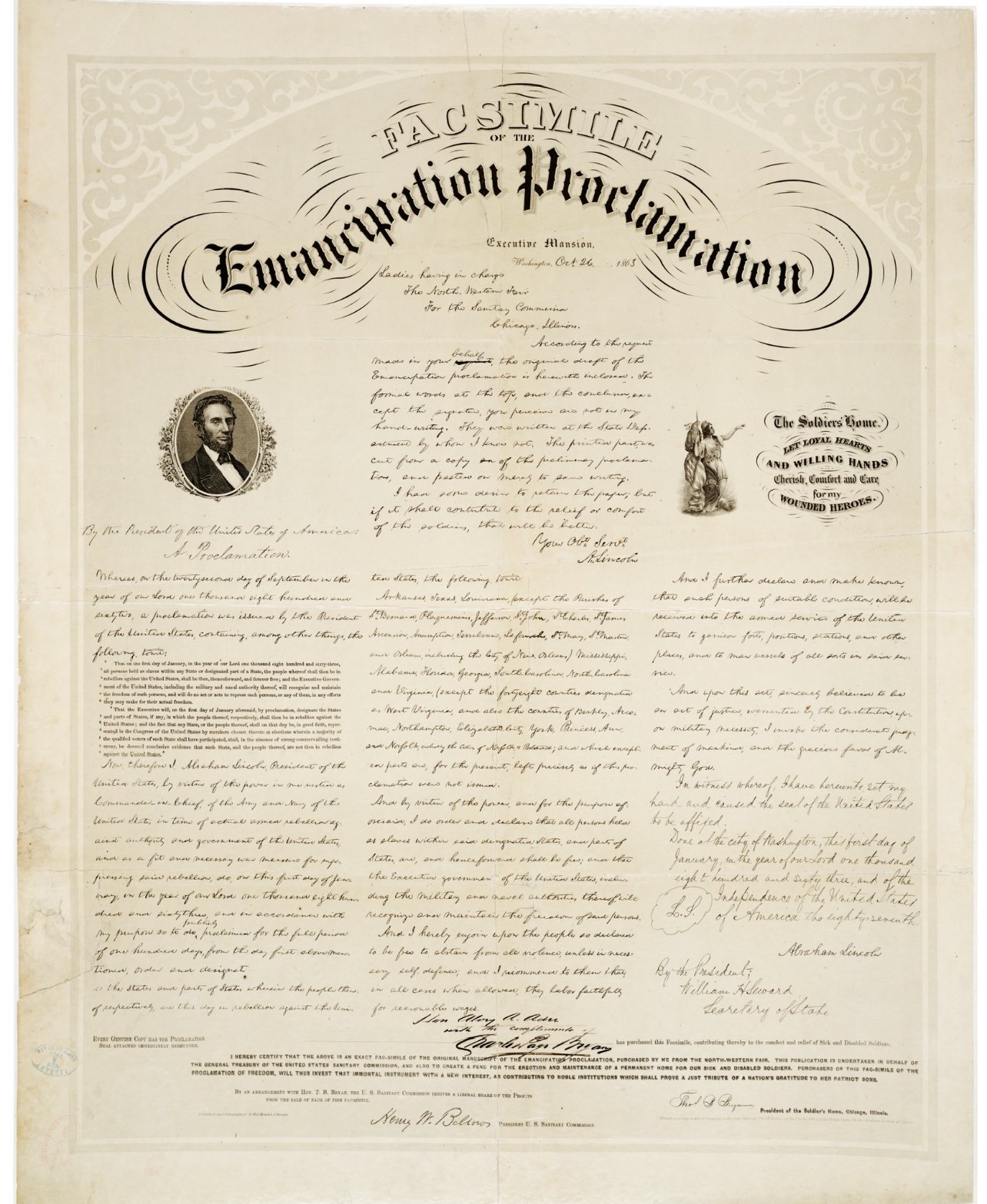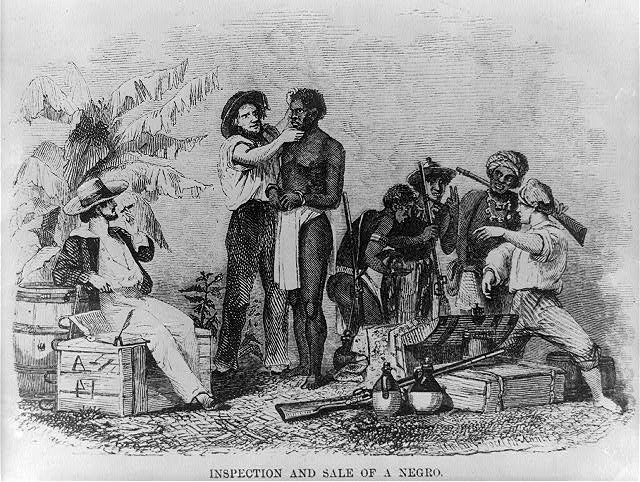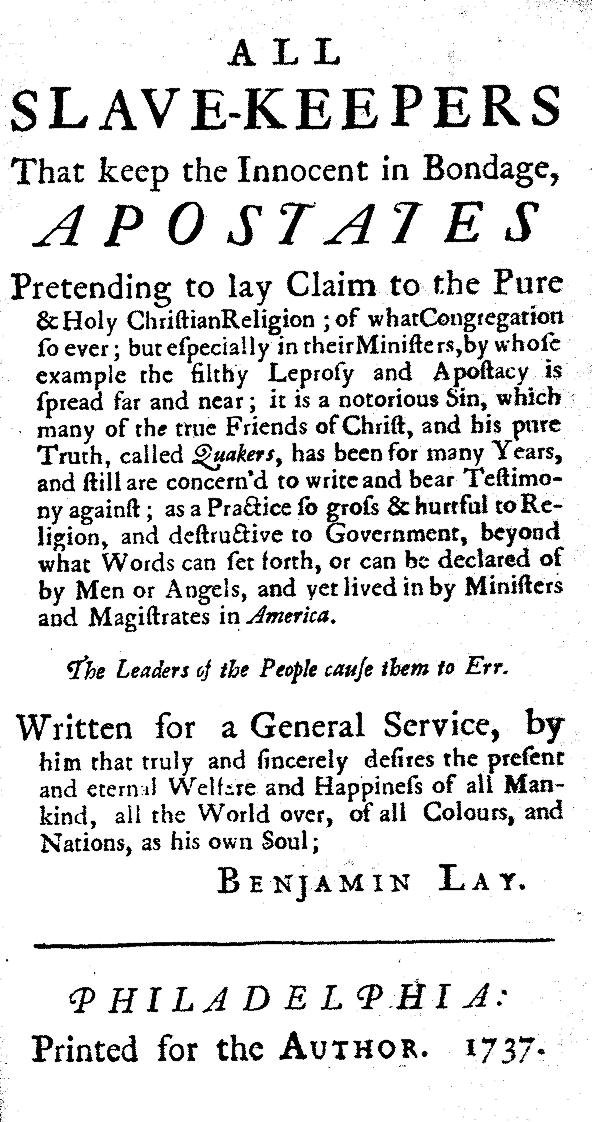Late in June
What do you remember from your years in school starting with Kindergarten up to 12th grade? I took 10 concentrated minutes and then thought about it for the rest of the day, keeping it as an open file running in the background as I drove to various work sites. Memories started filtering in slowly.
STOP !
Before you continue, list your memories below in the comments and then continue reading the blog…
Try to see if you can detect the pattern in my school learning memories.
« Puis-je aller à la salle de bain, s'il vous plaît. »
“Lac-to-ba-ci-li-ac-i-do-phi-li
Beware of us! Beware!
We like to eat, the sugar on your teeth.
When you don’t brush them
You give us quite a treat.”
Song of the Lacti Bugs
Click on link to read about Mistofer Christopher’s star appearance as a tooth bacteria on the David Letterman show and view the video.
3. “Papa Seal sleeps like a deadbeat
Mama Seal loves her son,
And in her teeth like sweets…”
4. 5x5=25
5. Guess what I am, guess what I am.
What am I supposed to be?
Guess what I am…Guess what I am.
Listen while I tell you…about me.
My eyes are black, my robe is white.
I float around in the dead of night.
A haunted house is my favorite scene.
I do come out on Halloween.
Did you detect the pattern in the list of what I remembered? First of all, everything in the list above that popped into my mind was from elementary school. Second, the items I recalled were all a product of memorization either by verse, song, or repetition. What adds another layer of interest is for number 3 I don’t participate in Halloween festivities but every year my music teacher Ms. Batista would gather the kids in a circle in front of the stage, place a lighted, flickering, orange, crooked-smile Jack-o-lantern in the center and would play the song on the piano and evilly cackle, squinting her eyes until they became beady, and then her thin lips would stretch into a creepy smile and she would expunge an evil cackle that would make goose bumps rise up on the dead. I covered my 6 year old ears praying to get the evil out of my mind as the music stopped and the poetry recital of the discovery of who the clue was about began. This was once a week, once a year during the month of October.
Papa Seal sleeps like a deadbeat was a poem I recited with my class for “Speak Out”, an occasion where each class performed before the rest of the school in the auditorium. If anyone knows the author, please let me know. It was a poem written by a poet from another country and the issues it skillfully and subtly discussed was alcohol abuse, domestic abuse and killing baby harp seals for their white fur. What an introduction to poetry.
Times Tables are repetitious, and French was French.
However, one topic I don’t remember, and I think it is safe to say I never learned about during school, was Juneteenth. What is Juneteenth?
Juneteenth is a portmanteau of June and 19th (nineteenth), a blend of two or more words, introduced into the English language by Lewis Caroll. Humpty Dumpty explained to Alice in Through the Looking Glass: “You see it’s like a portmanteau—there are two meanings packed up into one word.“
“It comes from the French words porter, meaning “to carry” and manteau, meaning “mantle.” The word originally referred to a travel suitcase that had two equal parts.”
Brunch (breakfast + lunch) – a meal that takes place between breakfast and lunch hours.
If July 1, 1776, is Day 1 of Independence, June 19, 1865, was Day 2 of Independence. The Emancipation Proclamation was issued on January 1, 1863. President Abraham Lincoln announced, “that all person held as slaves within the rebellious areas (the proclamation only applied to places under Confederate control and not to slave-holding border states or rebel areas already under Union control) “are, and henceforward shall be, free.” The news didn’t reach the westernmost Confederate state of Texas…until June 1865, when 2000 Union troops arrived at Galveston Bay. The army announced that the more than 250,000 enslaved black people in the state were free by executive decree.
However, to even begin to grasp a moment in time, a person has to see the line of history. I have to include this waiver that this timeline is not a comprehensive journal of events as it does not include each and every experience that affected the course of history. For more details, please review these timelines in the references at the end of the blog post.
1619
August: Point Comfort, Virginia, Near Jamestown, 20 enslaved people, Africans, were brought by British privateers sailing The White Lion. They were seized from a Portuguese slave ship named Sao Jao Bautista and brought to the British Colonists who were struggling to establish themselves in the first colony in the “New World”.
1641
Massachusetts becomes the first colony to recognize slavery as a legal institution in 1641 Body of Liberties. This was the first British North American colonial statue to guarantee of enslaving Africans and Native Americans.
1651
Rhode Island declares an enslaved person must be freed after 10 years of service.
1661
The first anti-miscegenation statute – prohibiting marriage between races – was written into law in Maryland in 1661 shortly after enslaved people were brought to the colonies. By the 1960s, 21 states, most of them in the south, still had those laws in place. Alabama was the last state to repeal the ban on interracial marriage, in 2000.
1662
A Virginia law passed in 1662 stated that the status of the mother determined if a black child would be enslaved. Increasingly harsh and restrictive laws were passed over the next 40 years, culminating in the Virginia Slave Codes of 1705.
1663
A Virginia court decides a child born to an enslaved mother is also a slave.
1672
The King of England charters the Royal African Company, which then encourages the expansion of the British slave trade.
1676
Bacon's Rebellion in Virginia included poor whites and blacks fighting together, with the government's response hastening the transition to black slavery. Slavery is prohibited in West New Jersey, a Quaker settlement in current day South New Jersey.
1688 February 18
Pennsylvania Quakers adopted the first formal anti-slavery resolution in American history.
1705
The Virginia Slave Code codified the status of slaves, further limited their freedom, and defined some rights of slave owners. It defined all slaves as real estate and declared all non-Christian servants entering the colony to be slaves, even if they converted to Christianity. It also allowed slave owners to punish slaves without fear of legal repercussions and specified the rewards for the recapture of runaway slaves, amongst other directives.
1712 April
A slave revolt in New York City, during which nine white men died, led to increased restrictions on slaves.
1730
From this time onward England trades aggressively in North American slaves, with New York, Boston and Charleston thriving as homeports for slave vessels.
1737 Spring
In Philadelphia, Benjamin Franklin publishes All Slave-keepers that keep the Innocent in Bondage, Apostates, an antislavery tract written by the Pennsylvanian Quaker Benjamin Lay.
1738
September - Benjamin Lay performs his famous 'bladder of blood' protest at the Philadelphia Yearly Meeting of Quakers in which he likens slave trading to stabbing the Bible. The stunt spatters those present with fake blood (hidden inside a bladder in a hollowed-out Bible, which he stabbed with a sword), and was successful in drawing attention to cruelty of slavery, but Lay was swiftly disowned by the Quakers.
1750
Georgia is the last of the British North American colonies to legalize slavery.
1758
September- After several days of debate, the Philadelphia Yearly Meeting of Quakers expresses 'an Unanimous Concern prevailing to put a stop to the Increase of the Practice of Importing buying selling or keeping Slaves for term of Life' and advises that the Christian Golden Rule should 'induce such Friends who have any Slaves to sett them at Liberty.
1773 5 June
John Bicknell and Thomas Day publish The Dying Negro. The poem, which went into several editions, was important in drawing public attention to the slave trade.
1733
In Rhode Island, the Nantucket Quaker Elihu Coleman publishes A testimony against that antichristian practice of making slaves of men. Although this does not circulate widely, it is nonetheless the first officially sanctioned antislavery text in the Quaker tradition.
1750
Georgia is the last of the British North American colonies to legalize slavery.
1775
Founding of the Pennsylvania Society for Promoting the Abolition of Slavery (PAS), the world's first antislavery society and the first Quaker anti-slavery society. Benjamin Franklin becomes Honorary President of the Society in 1787.
1776 28 June
Thomas Jefferson presents a draft Declaration of Independence to the American Continental Congress. The draft includes an antislavery passage accusing the British King George III of waging 'a cruel war against human nature itself, violating it's most sacred rights of life & liberty in the persons of a distant people who never offended him, captivating & carrying them into slavery in another hemisphere, or to incur miserable death in their transportation thither'.
1776 4 July
The American Continental Congress ratifies its Declaration of Independence but omits the antislavery passages that had been included in earlier drafts.
“We hold these truths to be self-evident that all men were created equal.”
1777 8 July
In its newly ratified constitution, the Vermont Republic becomes the first territory that is now part of the United States to outlaw slavery.
1787
The ratified U.S. Constitution allows a male slave to count as three-fifths of a man in determining representation in the House of Representatives. The Constitution sets 1808 as the earliest date for the national government to ban the slave trade.
1788
February: Hannah More publishes Slavery, A Poem at the request of the Abolition Society.
“O great design ! Ye Sons of Mercy! O complete your work; Wrench from Opression’s hand the iron rod, And bid the cruel feel the pains they give. ”
Shortly after, Ann Yearsley publishes her rival Poem on the Inhumanity of the Slave Trade
1793
U.S. Congress enacts first fugitive slave law requiring the return of fugitives.
1819
Federal law passed requiring the inspection of passenger conditions on ships is used by Quakers to monitor conditions in the slave trade at the Baltimore, Maryland Port. Society of Friends members accompany federal Customs inspectors.
1820
Missouri Compromise allows Missouri to become a slave state, establishes Maine as a free state, and bans slavery in the territory west of Missouri.
1849
Harriet Tubman escapes from slavery. She becomes a major conductor on the Underground Railroad, as well as an advocate for Women's Rights.
1850
The Compromise of 1850 includes a controversial Fugitive Slave Law that compels all citizens to help in the recovery of fugitive slaves. Free blacks form more Vigilance Committees throughout the North to watch for slave hunters and alert the black community.
1863
January 1, - President Abraham Lincoln issued the Emancipation Proclamation on January 1, 1863, as the nation approached its third year of bloody civil war. The proclamation declared "that all persons held as slaves" within the rebellious states "are, and henceforward shall be free."
1865 31 January
13th Amendment passed.
1865 June 19
Union troops arrived in Galveston, Texas, with news that the Civil War was over, and that all remaining slaves in Texas were free. An event celebrated until today and on June 17, 2021, President Joe Biden, the 46th president of the United States signed into law a bill to make Juneteenth, or June 19, the 12th federal holiday.
1865 6 December
13th Amendment ratified and abolished slavery in the United States.
1865
The Freedmen's Bureau is established in the War Department. The Bureau supervises all relief and educational activities relating to refugees and freedmen, including issuing rations, clothing, and medicine. The Bureau also assumes custody of confiscated lands or property in the former Confederate States, border states, District of Columbia, and Indian Territory.
1865 24 December
The Ku Klux Klan is formed by ex-Confederates in Pulaski, Tennessee.
Well, here we are. That is a little bit of the backstory of June 19th, 1865. One blog post and a timeline will not explain it all. If you would like to remember facts, a rhythm, a song, a poem, music, a corny dad joke are great tools to help retention. Think of Hamilton. Just saying.
References and resources
https://www.brycchancarey.com/slavery/yearsley1.htm
United States History Timeline






